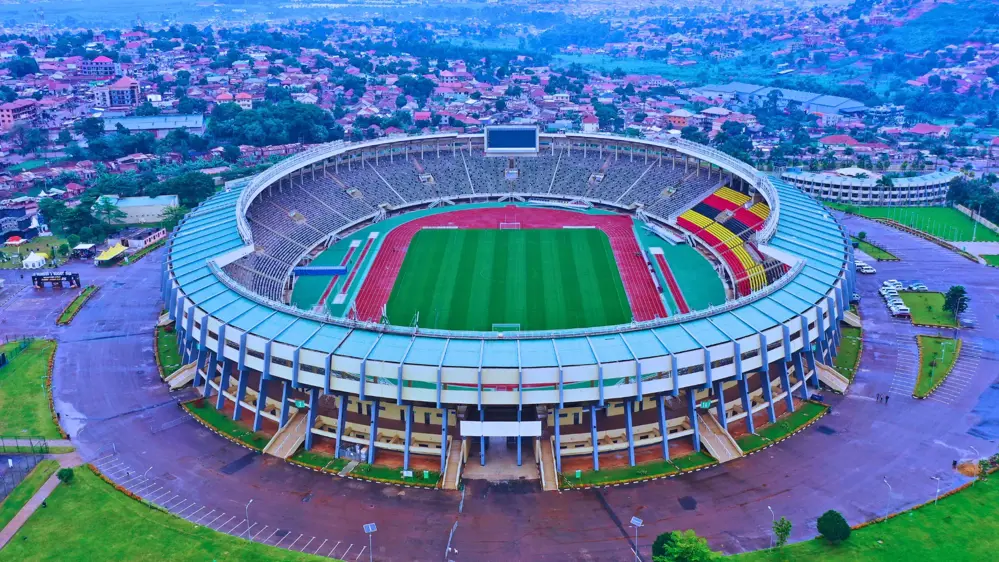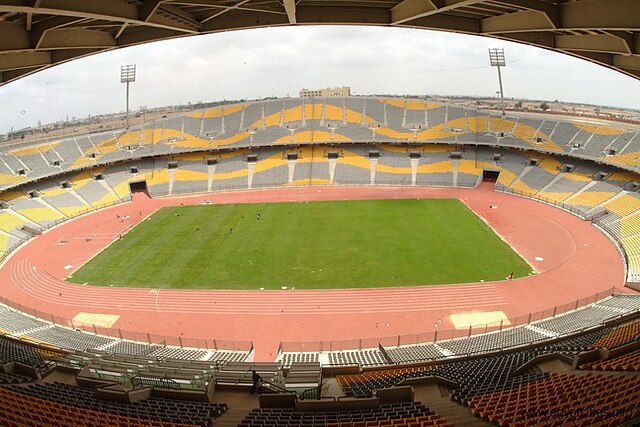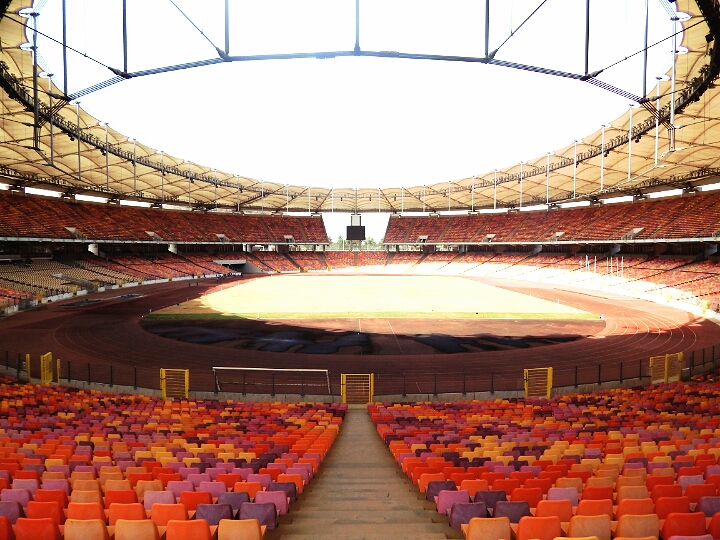Are you a sports enthusiast? Have you ever wondered what it feels like to be inside one of the most iconic stadiums in the world? Look no further than Maracanã Stadium, located in Rio de Janeiro, Brazil. This historic stadium has hosted some of the biggest sporting events in history and is considered a must-visit destination for any soccer fan. In this blog post, we delve into the design and construction of Maracanã Stadium, taking a closer look at its fascinating history and unique features that make it stand out from other stadiums around the globe. Get ready to be amazed!
History of the Maracanã Stadium
Maracanã Stadium was officially opened in 1950, and it has since become renowned for hosting the largest attendance record at a soccer match ever recorded. During the final of the 1950 FIFA World Cup, a staggering crowd of over 200,000 people packed into Maracanã to watch Brazil face off against Uruguay.
Originally named after journalist Mário Filho, who fought tirelessly for its construction, Maracanã Stadium underwent a massive renovation in preparation for the 2014 FIFA World Cup hosted by Brazil. The stadium can now hold up to 78,838 spectators and is considered one of the most significant landmarks not just in Rio de Janeiro but also throughout all of Latin America.
Over time, Maracanã has hosted numerous notable events beyond sports. It served as a venue for both Pope John Paul II and Frank Sinatra’s concerts during their visits to Rio de Janeiro. In conclusion: this stadium has played an essential role in Brazilian culture and remains an integral part of South American history that continues to inspire awe among visitors from across the globe.
Design of the Maracanã Stadium
The Maracanã Stadium was designed by Brazilian architects Miguel Feldman, Waldir Ramos, Raphael Galvão, and Oscar Valdetaro. They were tasked with creating a stadium that would serve as the centerpiece for the 1950 FIFA World Cup hosted by Brazil.
Their design consisted of a horseshoe-shaped bowl with two tiers of seating that could accommodate up to 200,000 spectators. The open end of the bowl faced Rio de Janeiro’s stunning Guanabara Bay and provided breathtaking views of Sugarloaf Mountain.
One unique aspect of their design was the innovative use of lightweight concrete instead of traditional steel reinforcement. This reduced construction costs while still providing ample support for the massive structure.
To ensure fans had an unobstructed view from every seat in the house, they incorporated columns at strategic locations throughout the stadium and used ramps rather than stairs to access seating areas.
Their design successfully blended modern engineering techniques with classic architectural elements to create a truly iconic sports venue that continues to attract visitors from around the world today.
Construction of the Maracanã Stadium
Construction of the Maracanã Stadium was a massive undertaking, which took almost three years to complete. The construction started in August 1948 and was completed in June 1950. During this time, over one thousand workers were employed on-site every day.
The stadium’s design called for a concrete structure that could seat up to 200,000 people. To achieve this goal, engineers used new building techniques such as pre-cast concrete sections that were assembled on-site.
One of the challenges faced during construction was sourcing materials such as steel and cement due to World War II’s aftermath. Engineers had to be creative and use alternative methods such as reusing old railway tracks instead of using new steel.
Another challenge encountered during the build was heavy rainfall that caused flooding at the site, causing delays. However, despite these setbacks, work continued tirelessly until completion.
After its opening in 1950, Maracanã Stadium became an architectural marvel with its modern design and impressive size setting it apart from other stadiums worldwide.
Parking Options
With all the hype surrounding Maracanã Stadium, it’s important to note that parking can be quite a challenge during events. However, there are several options available for those who plan to drive.
Firstly, the stadium has its own underground parking garage with around 3,000 spaces. The cost of this parking option is significantly higher than other nearby lots or street parking but provides security and easy access to the stadium.
Alternatively, visitors can park their cars on nearby streets or in one of the many private car parks located around the facility. Prices vary depending on location and proximity to the stadium itself.
Maracanã Stadium stands as a testament to Brazil’s love for football and its rich cultural history. The impressive design and construction of this architectural masterpiece have made it an iconic landmark not only in Rio de Janeiro but throughout South America. Whether you’re an avid sports fan or just looking for some sightseeing opportunities while visiting Brazil – be sure not to miss out on experiencing this amazing structure!





